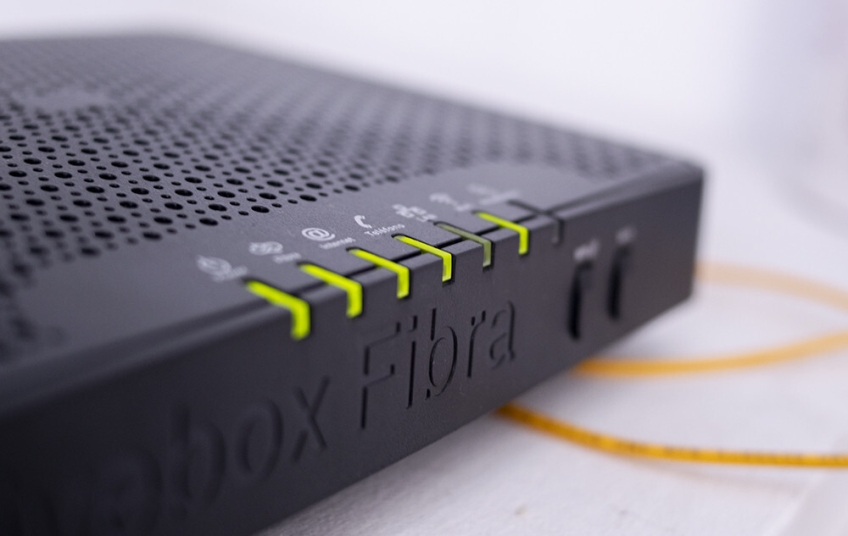When hiring an Internet connection with our operator, it provides us with at least one router, essential equipment to be able to manage access to the Internet and which also allows us to establish a local wired and wireless network within the house.
These routers provided by our ISP have for years had a reputation for being, to put it mildly, poor in functionality and resources, a reputation many earned in the early years of ADSL connections. But it must be recognized that the situation has improved a lot in recent years with fiber and cable.
However, in your case you may have an older model that may be giving you problems or you are simply curious to know if it would be possible to improve the connection using a more modern router. At this point you have two possibilities: either you contact your operator to provide you with a new generation model, either free or paid, or you choose to buy on your own one of the so-called "neutrals" that offers you the latest in benefits.
Is it really necessary to change the basic router of your operator? Can you do it easily? What advantages and disadvantages will you find when doing it?
Why do you want to change it?
Before going like crazy to a store to look for a new router model, I think that we must first do a reflection exercise about the reasons for changing the router: why are we thinking about doing it? What will a new model have that is not? offer me the one I already have?
One of the most popular reasons to look for a new router is related to the wireless connection. For example, if despite having a good connection with our ISP with hundreds of Mbps we suffer from frequent cuts in WiFi, low Internet access speed, little wireless coverage radius, continuous stoppages in video services such as YouTube or Netflix, then it is normal for us to change the router.
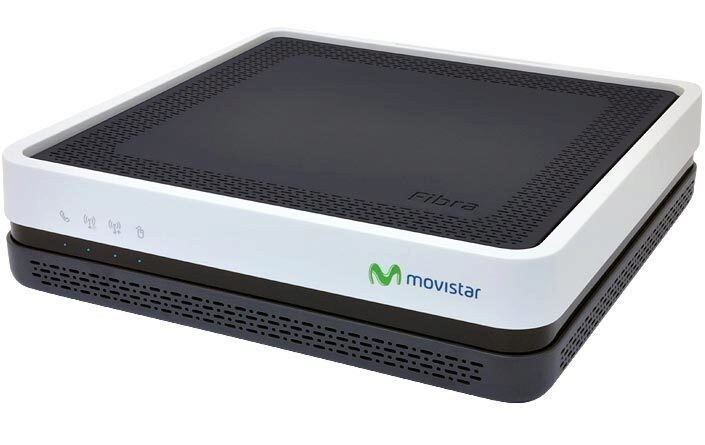
But perhaps the problem is in a saturation of the frequency bands due to interference from the neighbors' networks, something common in buildings with many homes connected to the Internet wirelessly, in which case we will be able to do little by buying a new model.
In these situations, it is more advisable to opt for other mixed solutions such as PLC networks with or without WiFi repeaters, Mesh-type adapters that can be interconnected by cable and different combinations of this type of device.
If the problem is not saturation but rather that the WiFi capacity of your operator's router is very poor but it fulfills the rest of the functions, the simplest thing is to choose to directly install a more powerful and quality wireless access point by turning off the power directly. network of your operator.
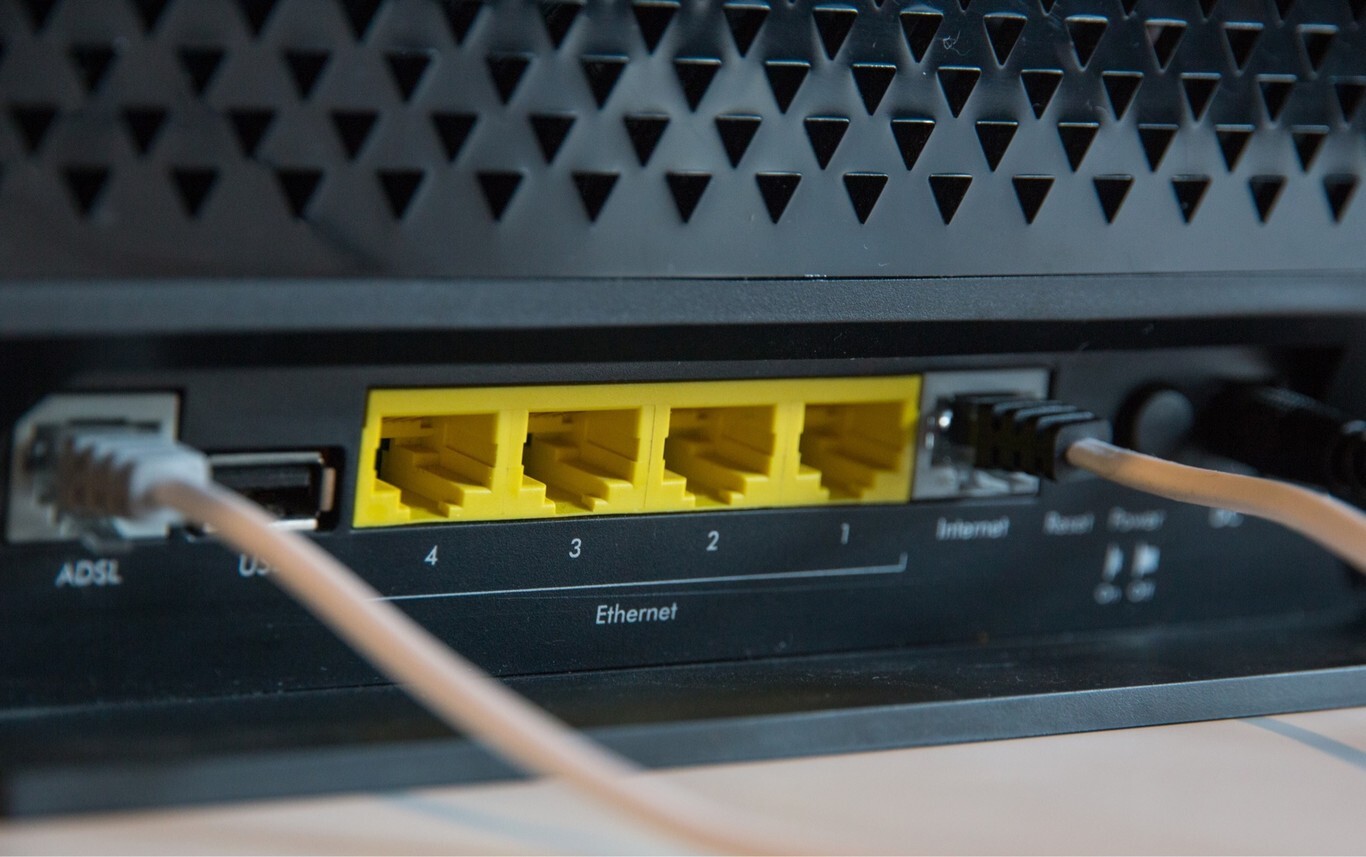
WiFi coverage may not be your problem and what you are looking for are additional functions such as USB ports to share disks and peripherals, that the router incorporates a good user interface, simple to use but powerful that allows us to configure the most common parameters (such as passwords, turning the WiFi off and on, changing the frequency and power channels, etc.) quickly and without losing ourselves in eternal menus or that includes some specific advanced function that your router does not have as standard.
This is usually a point that the equipment provided by the operators does not usually meet, since many of these options are blocked as standard, forcing us to buy additional equipment if we want to access them. In these cases it is probably necessary to opt for a new model.
Replace completely or complement?
It may seem that all are advantages if we change the operator's router for a neutral one (without operator brand), but before going to the store you must bear in mind that in most situations you will not be able to get rid of it completely and you must continue using it partially.
Most of the neutral models that we will find in stores don't serve all the services that our ISP offers us, they aren't 100% compatible, or the configuration that should be done isn't immediate nor is it available to everyone.
In the market we can find a multitude of neutral routers with great specifications, but only a few of them come with an ADSL or cable modem incorporated, essential if we have one of these connections. Even less is the number of models that we can connect to an optical network directly and are compatible with VoIP or Internet telephone services and television provided by our operator. In addition, the neutral router must be compatible with VLAN networks to be able to use the additional services of your ISP.
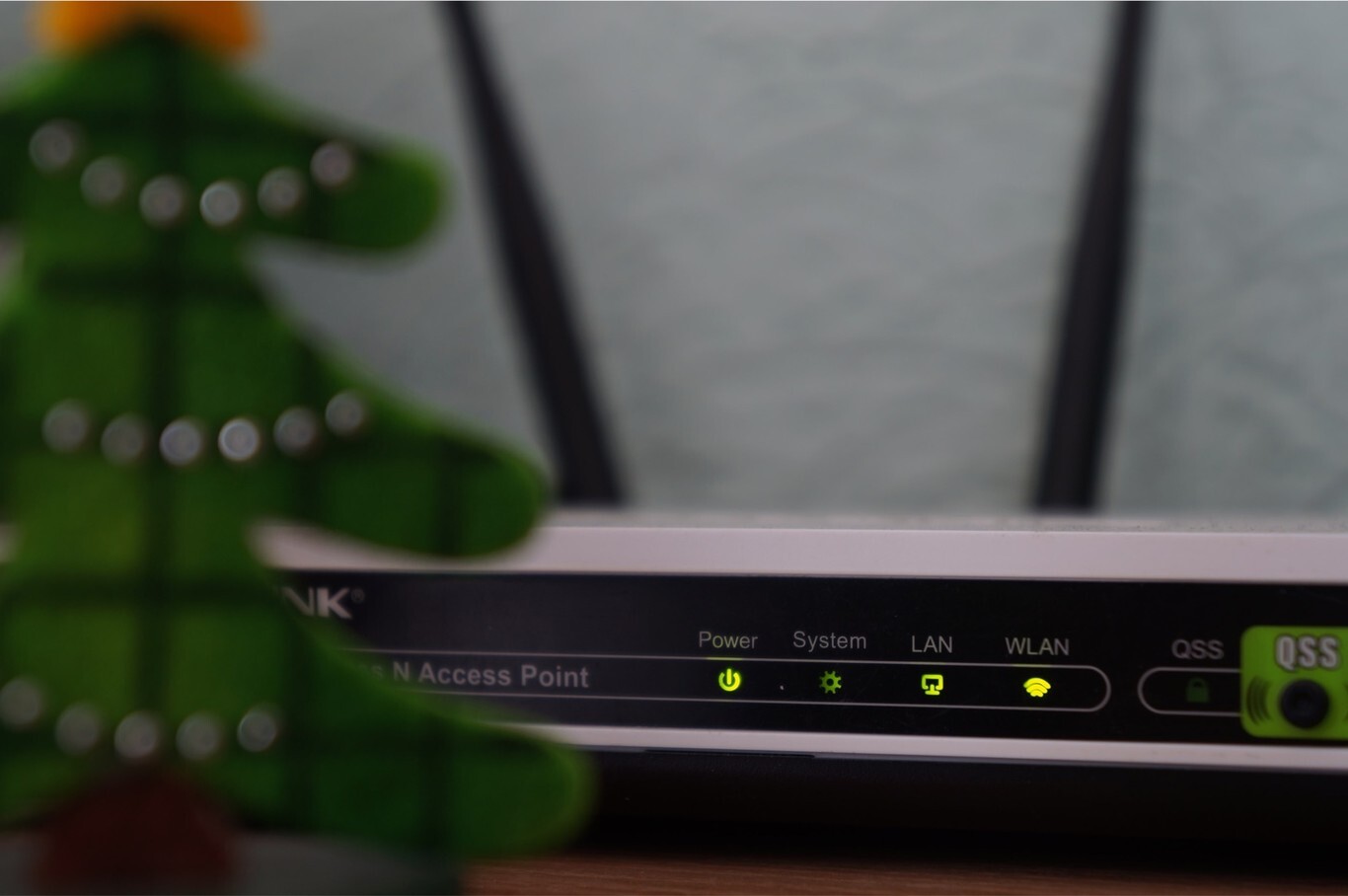
But even if you find a compatible model, configuring a neutral router to be able to use it as a substitute for your operator's is very complex, since you need parameters and configuration codes that your operator will not provide you for good, but you will have to resort to your search for specialized and specific help forums for each ISP and router model and you may not always be able to find the answer you are looking for.
Therefore, the most common option instead of completely replacing the operator's router is to continue using it as an intermediate device between Internet access and your new purchased router. To do this, if possible in the internal configuration, simply put the operator's router in "bridge" or "bridge" mode so that the new equipment is the one that has the greatest workload, leaving your operator's only as a modem that manages the ISP connection.
Advantages of replacing or complementing the operator's router with a neutral one
A new generation neutral router will be able to offer you the latest in wireless connectivity giving you access to WiFi 5 and WiFi 6 networks even with Mesh capabilities to create a meshed network throughout the house. It will also offer you more and better antennas with greater coverage and stability to reduce the probability of micro-cuts as long as the frequency bands are not saturated by the adjacent networks.
Neutral routers in general will have better internal hardware with more processing power, memory and the ability to work with large volumes of data, being able to meet the requests of multiple equipment connected to them without messing up (televisions, players, mobile phones, computers, consoles, etc.).

They will offer you more configuration options and more functions, without limitations in features, locks and will give you greater freedom to put everything to your liking, something very useful if you are an expert user but that can be hazy if you don't have much knowledge and are simply looking for a simple to operate the equipment.
They will provide you with more security in your wireless communications with the latest encryption standards such as WP3, the newest in protocols and firmware updates, more frequently and that will pay attention to possible security problems of your model.
They will have better-wired connectivity options with higher speed ports and in greater numbers than the basic ones of your operator, offering at least four 1 Gbps Ethernet although in some new generation equipment the 2.5 GHz standard is already being imposed to connect NAS and more demanding devices.
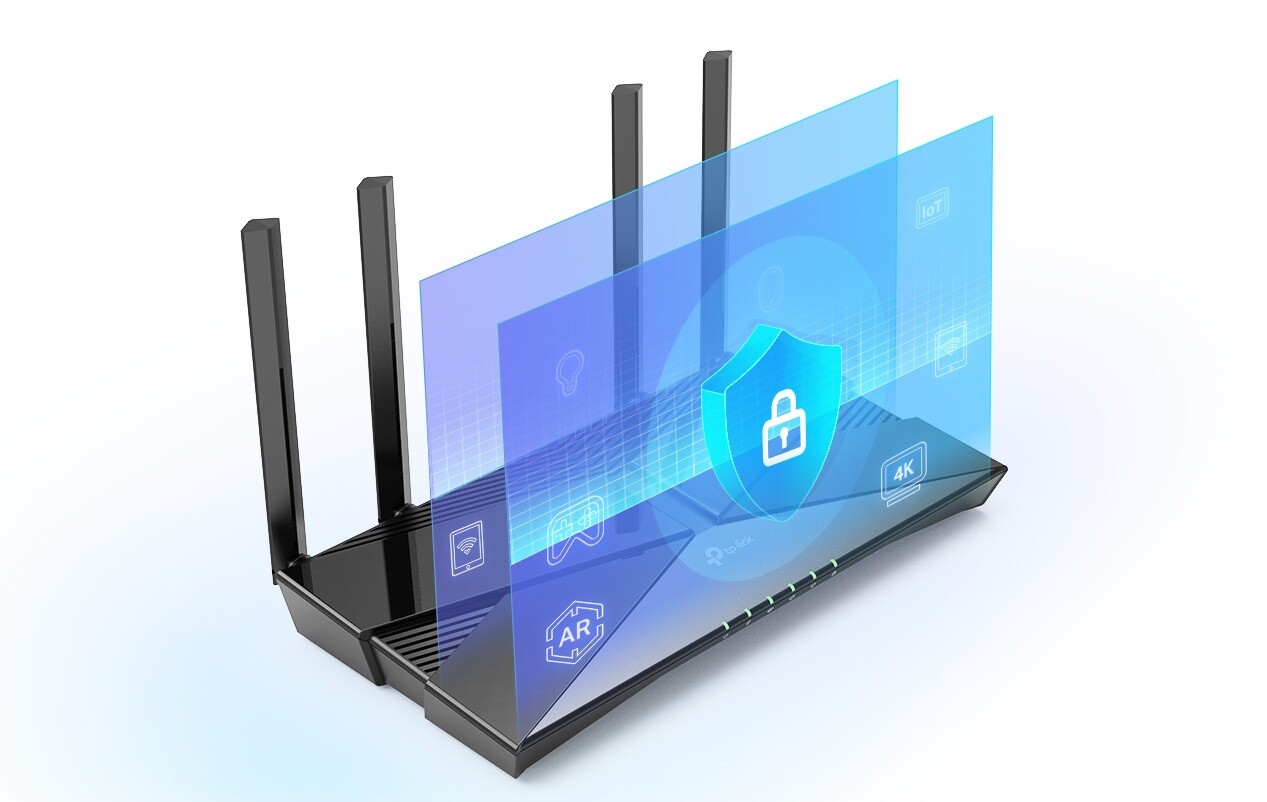
They will also have a more accessible and guided configuration from mobile applications as well as extra functions aimed at creating networks for guests, managing the type of content, antivirus integrated into the router itself, advanced parental control, etc.
In addition, there are models with a clear focus on advanced players that offer functionalities in order to reduce latency and that are capable of redirecting the power of the network towards gaming applications.
Disadvantages of replacing the attendant router
As we pointed out a little above, the first drawback that you are going to find is compatibility and installation complexity. That the new router is fully compatible with the type of connection you have and that you can configure the necessary parameters to establish the connection easily is almost an impossible mission for an average user.
If you are an expert network user accustomed to tinkering with this type of equipment you can achieve it with a certain ease, but if what you are looking for is something like plug and play for a quick replacement, it will not be so simple.
You also have the issue of price, because you will need to make a relatively large financial outlay if you want to be up to date in benefits, and also everything will run on your account, since in the event of possible configuration problems or cuts, your operator will not lend itself to help you if you are using an unofficial router.
Also, in some cases you won't be able to completely get rid of your operator's equipment. For example, you will have to continue using the ONT or adapter that transforms the fiber optic signal into electrical, unless you also buy another of these separate equipment that you will also have to learn to configure on your own.



